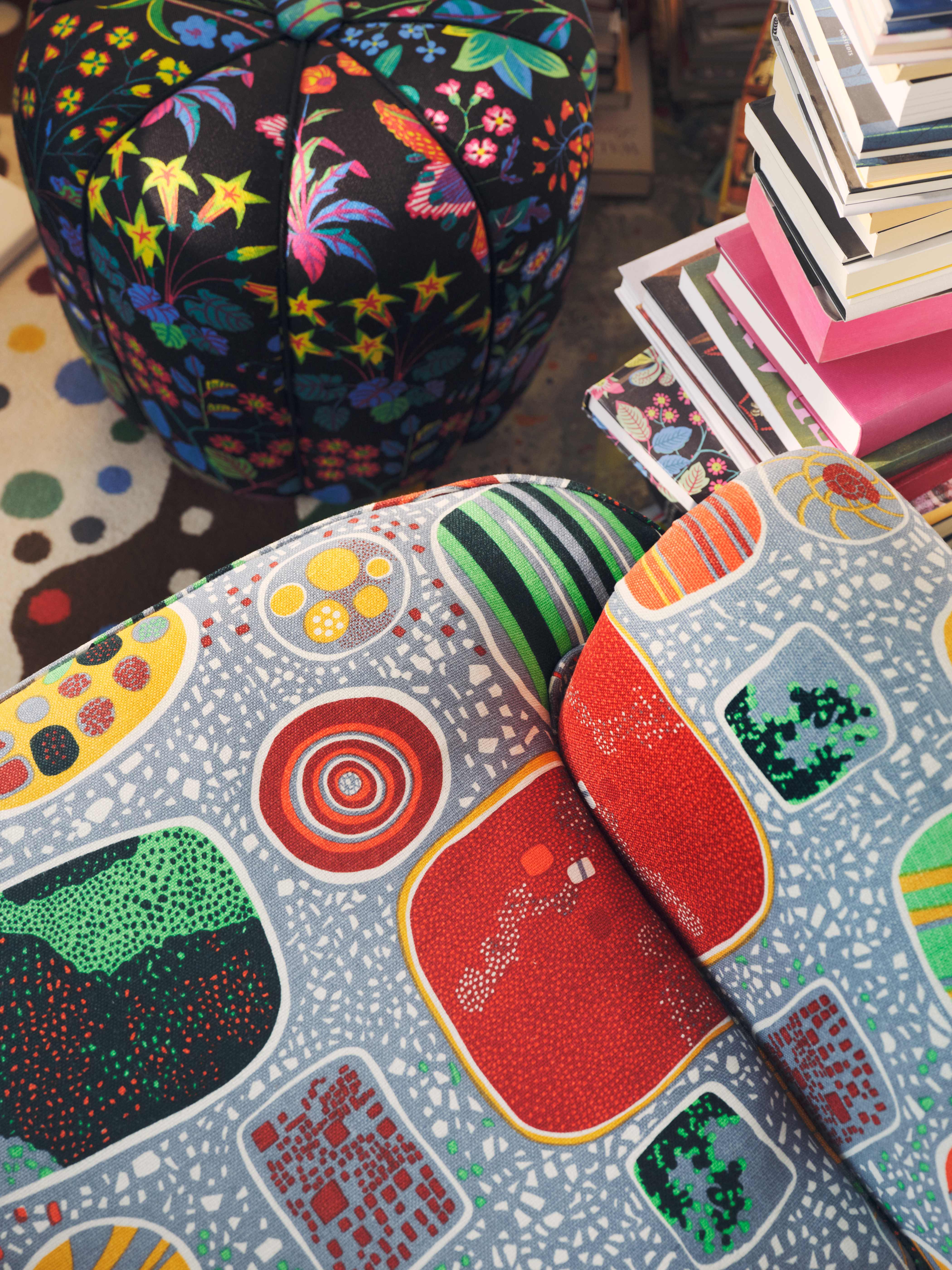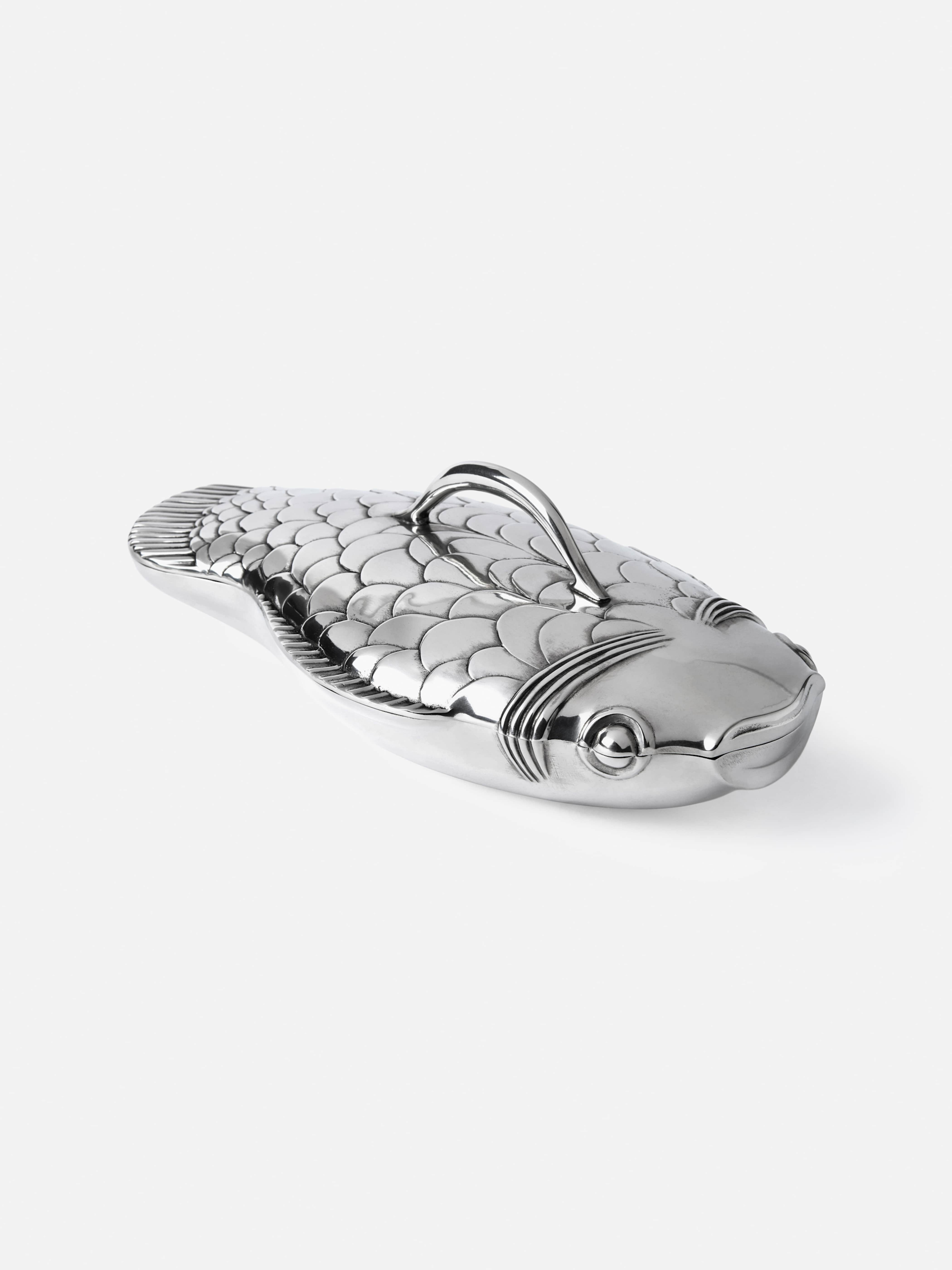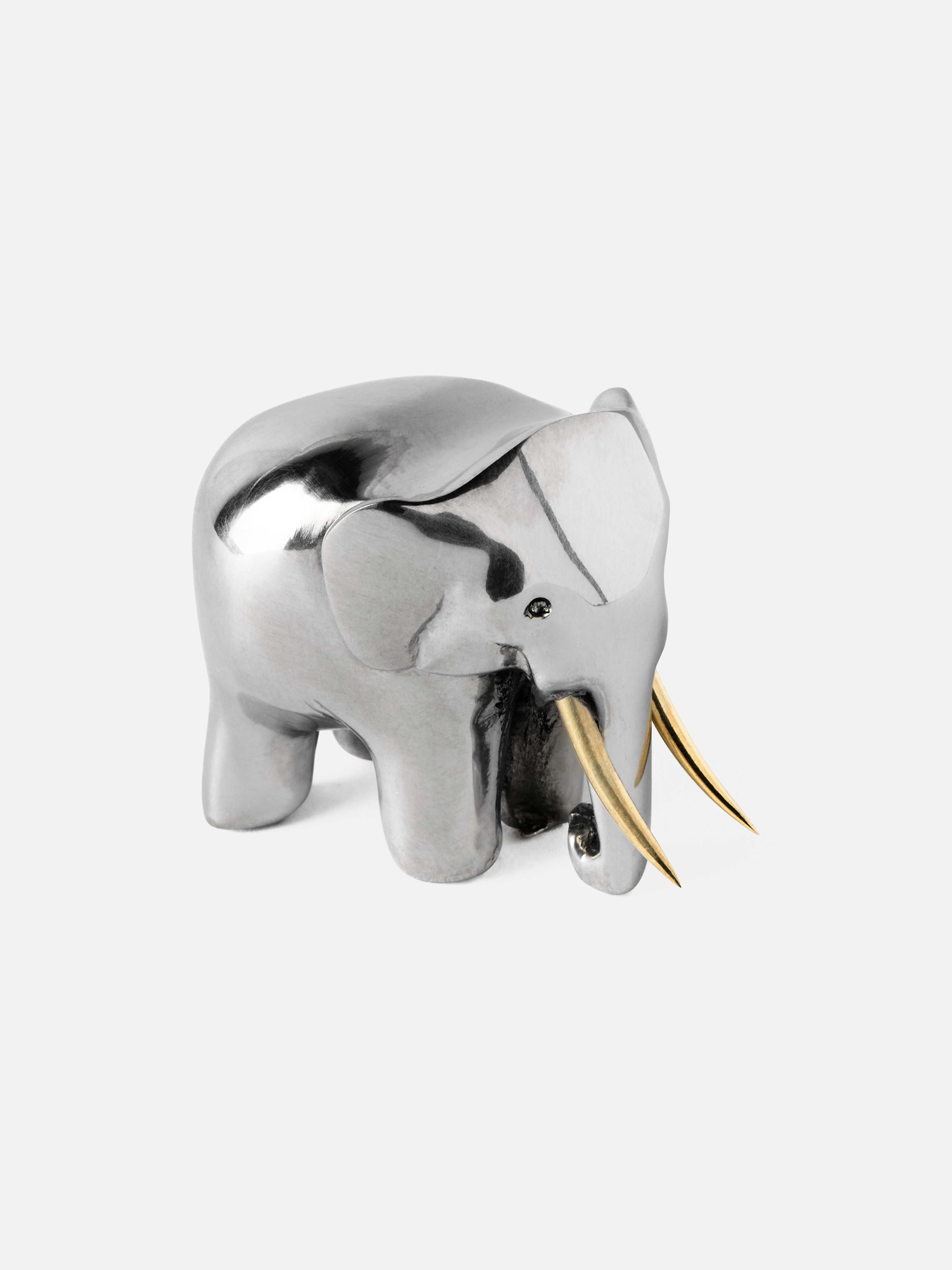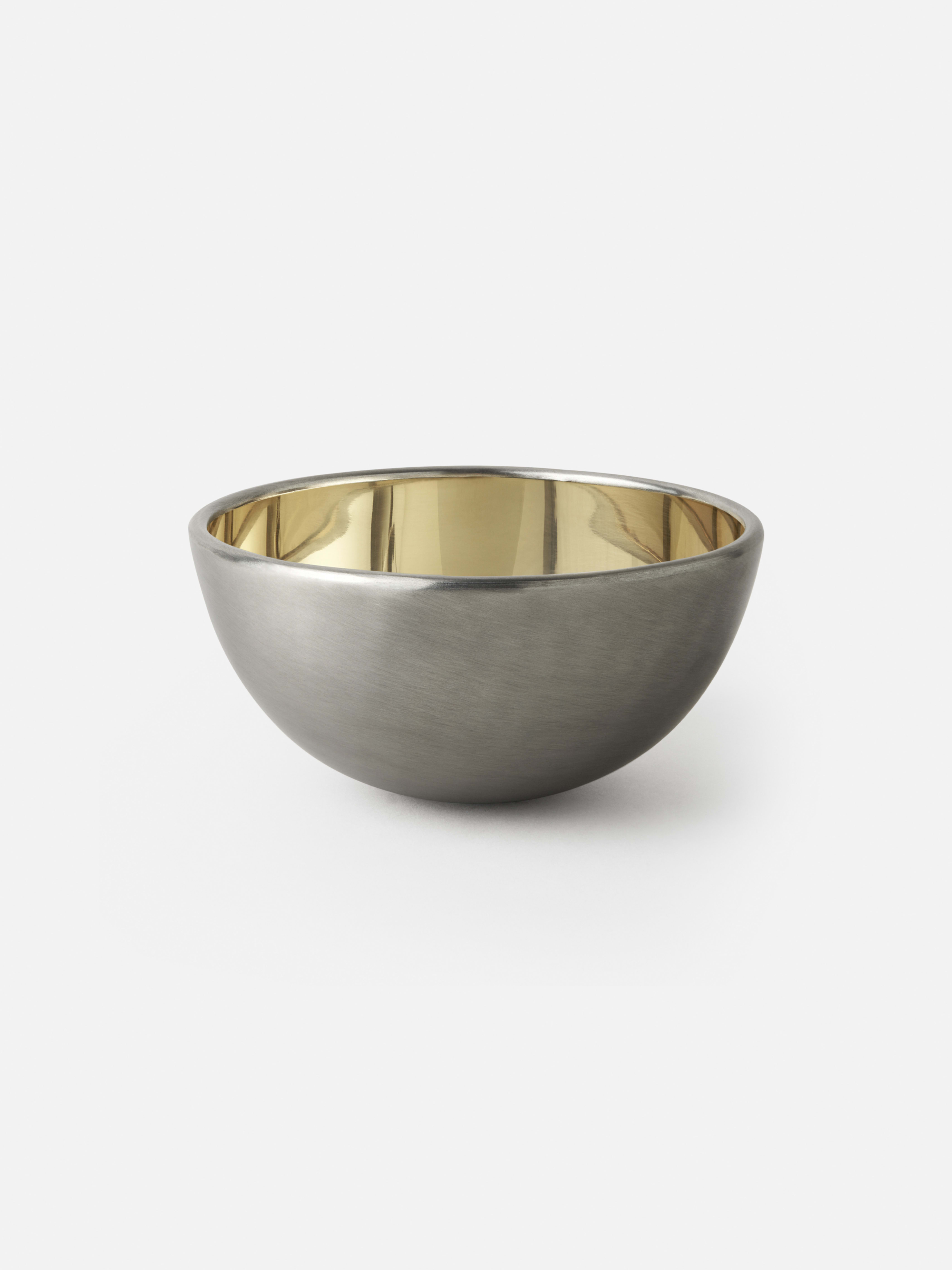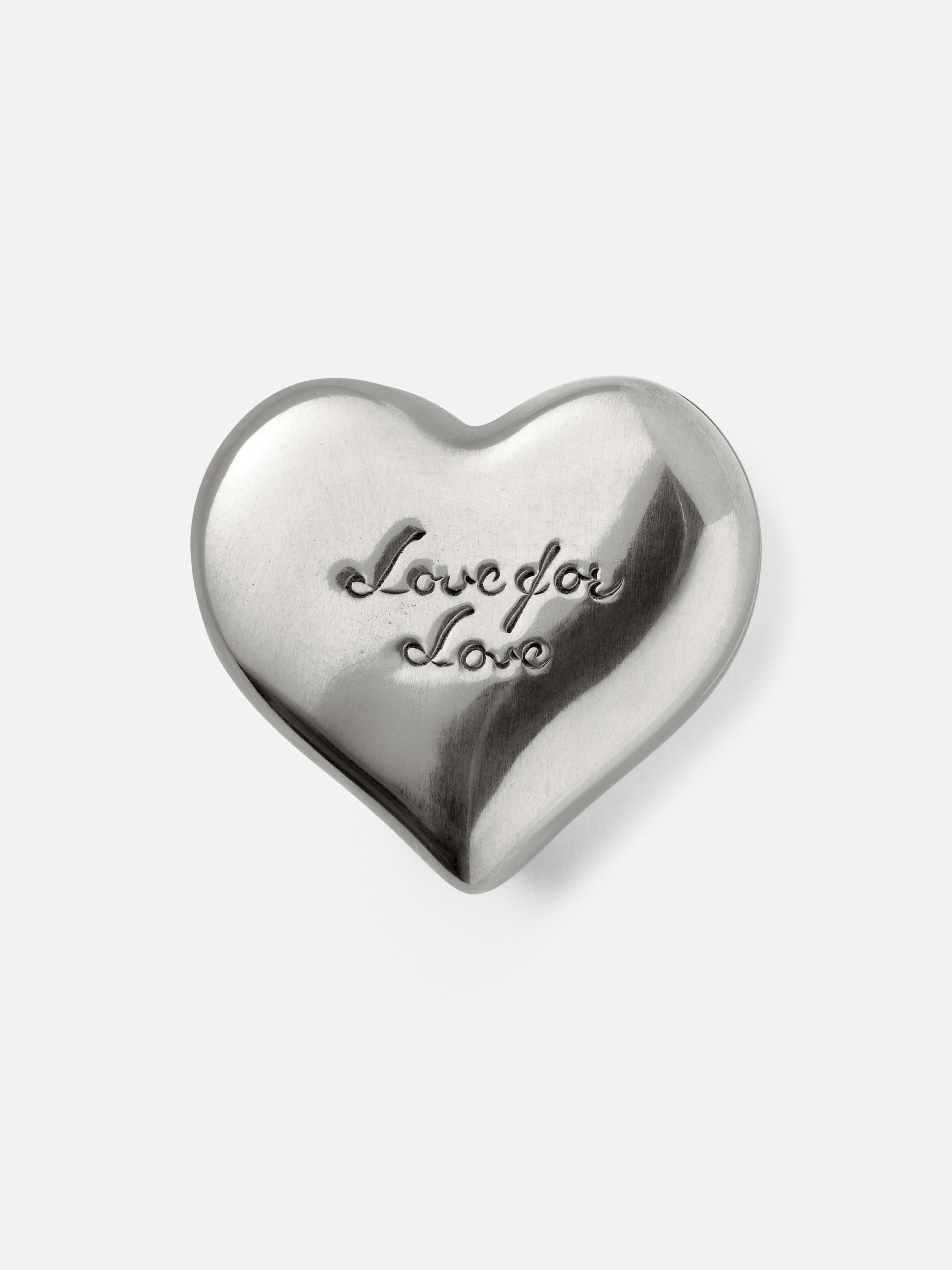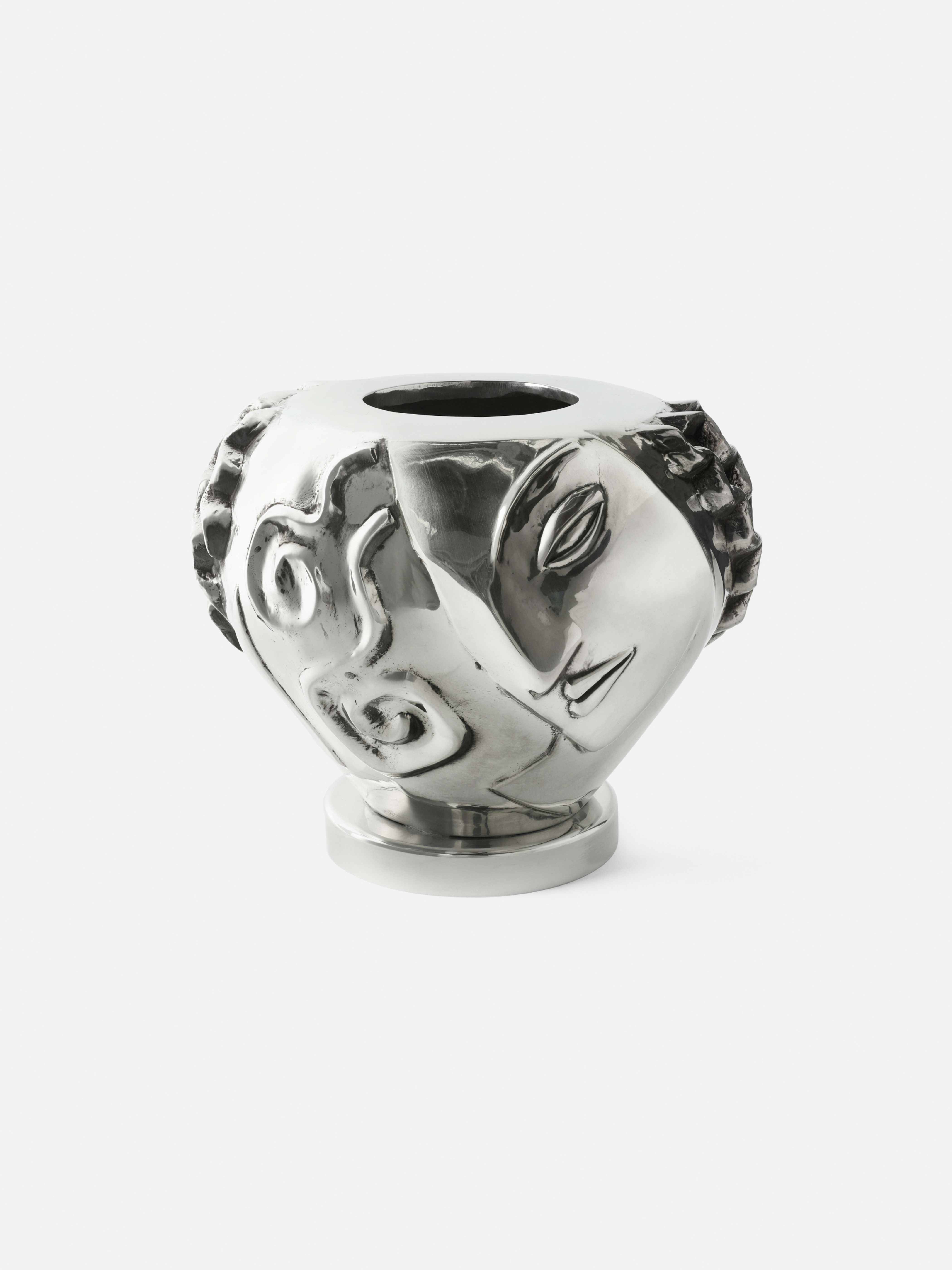Pewter
135
25 / 135
Pewter Objects from Svenskt Tenn
Svenskt Tenn’s pewter range is the heart of the company. This is where it all began in 1924, when the company’s founder, Estrid Ericson, establisheda pewter workshop and store. At the time, pewter was an exciting and highly fashionable material — an affordable yet beautiful alternative to silver. Estrid Ericson had a vision to offer the public contemporary pewter art at reasonable prices.
Iconic Pewter objects
Svenskt Tenn’s pewter range includes pieces designed from 1924 to the present day. Some of these objects were among the very first sold by the store when Svenskt Tenn was established, as Estrid Ericson collaborated with designers and pewter artists such as Anna Petrus, Nils Fougstedt, and Björn Trägårdh.
Some of the iconic, classic pieces in Svenskt Tenn’s pewter range include Estrid Ericson’s Peruvian Urn from 1924 and her Jam Jar from 1950, Anna Petrus’s pewter lions and the Janus Head vase, both designed in 1927, Nils Fougstedt’s Pipe Vase from 1931, Björn Trägårdh’s Schnapps Fish from 1929–30, and Sissi Westerberg’s Flow Candleholders, which were added to the range in 2004.
The pewter stamp
For the opening of Svenskt Tenn’s store on Smålandsgatan in 2024, Estrid Ericson commissioned the company logo from the leading graphic designer of the day, Akke Kumlien. Bertil Lybeck sketched two angels in the seal, which nowadays has come to be known as the “Angel Mark”. Historically, winged figures were often depicted in hallmarks, thereby guaranteeing the highest quality pewter. Since then, Svenskt Tenn’s own pewter goods have always been stamped with the Angel Mark.
Pewter Production Techniques
Svenskt Tenn’s pewter items are crafted using a variety of techniques. Some pieces are hand-spun, a process where pewter sheet is pressed against a form on a lathe and shaped during rotation. One such product is the well-known "Jam Jar." Other pewter items are created using a casting process in a mould, or “die,” a method requiring great precision to prevent cracking. Polishing is used to give pewter objects a lustrous finish, done today either with a polishing wheel or by hand with a soft cloth. Another finishing technique is brushing, which creates a matte surface. Sebastian Schildt’s elegant pewter bowl, with a brass interior, is one example of this finish. Pewter items can also be engraved by hand with patterns or text, using burins or chisels to add decorative detail.



























